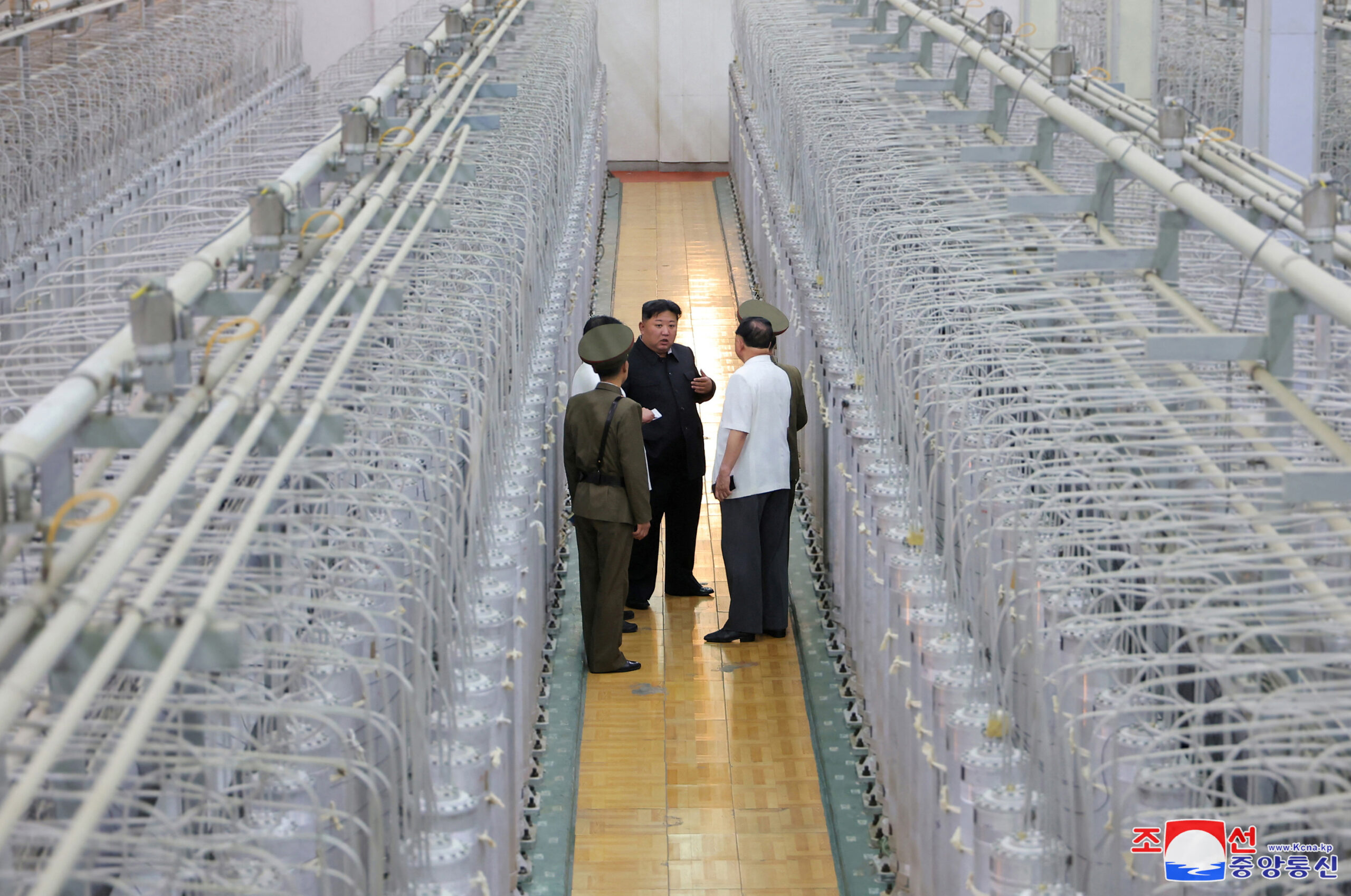By Linus Höller
With the recent defection of a U.S. soldier to North Korea, little attention has been given to what might be the more significant story on the Korean peninsula: For the first time in 42 years, a U.S. nuclear-armed submarine has docked in South Korea.
The timing is no coincidence. An old debate has flared up recently in South Korea, formally known as the Republic of Korea, about whether to develop own nuclear weapons to better counter North Korea’s growing arsenal. Some South Korean policymakers feel that America cannot be relied on to defend them should the North choose to invade or use nuclear weapons — particularly with Washington’s attention focused away from the region due to the war in Ukraine.
The sub’s deployment comes just a few months after a visit by South Korea’s President Yoon Suk Yeol to Washington, during which U.S. President Biden and his Korean counterpart agreed to the “Washington Declaration.” Alleviating some of South Korea’s concerns, in the document Biden committed the U.S. to “a swift, overwhelming and decisive response … backed by the full range of U.S. capabilities, including nuclear” should Pyongyang invade South Korea.
The visit of the USS Kentucky appears to be a move by the U.S. to prove this commitment and attempt to further alleviate South Korean concerns.
Partly, it appears to have worked – after engaging in nuclear rhetoric himself, Yoon has backed down from threatening to develop his own nukes following the April meeting with Biden, the New York Times reports. The sub’s port call, then, may also have the — intended or not — side effect of politically strengthening Yoon, affirming his foreign policy decisions.
On the other side of the Demilitarized Zone, North Korea’s response to the deployment has been predictably hostile. In the leadup to the visit, North Korea launched a long-rang missile which splashed down in the Pacific between Russia and Japan. South Korea’s military also reported two short-range missiles launched by the North into the Pacific on Wednesday morning local time, shortly after ther American submarine arrived in Busan.
Kim Yo-jong, Kim Jong Un’s sister and generally referred to as the North Korean government’s spokeswoman, stated that America’s and South Korea’s “openly discussing the use of nukes against the DPRK” would “only make the DPRK go farther away from the negotiating table desired by [them],” state media reported. DPRK is the formal accronym for the country in the North of the Korean peninsula and is short for the Democratic People’s Republic of Korea.
South Korea has been a nuclear weapons-free country since the 90s, when the U.S. withdrew its last tactical nuclear weapons from the country and both Koreas signed a “Joint Declaration of the Denuclearization of the Korean Peninsula.” The document prescribed that both North and South Korea “shall not test, manufacture, produce, receive, possess, store, deploy or use nuclear weapons.”
North Korea exploded its first nuclear bomb in 2006 and has conducted a total of six tests. Experts estimate the current DPRK stockpile to be around 40 nuclear warheads.
It is unclear whether the nuclear submarine’s visit is a breach of the joint declaration, which South Korea still adhers to.
However, it does suggest that the Biden administration continues to see the Korean peninsula as an area of interest that is worth committing to. Likely, however, this is not merely a gesture of goodwill to South Korea but rather also seen in the light of broader geopolitical competition with China.
Title Image: The U.S. nuclear submarine USS Kentucky pulls into the port of the South Korean city of Busan on July 18, 2023. (Public Domain/David Craft/USN)


